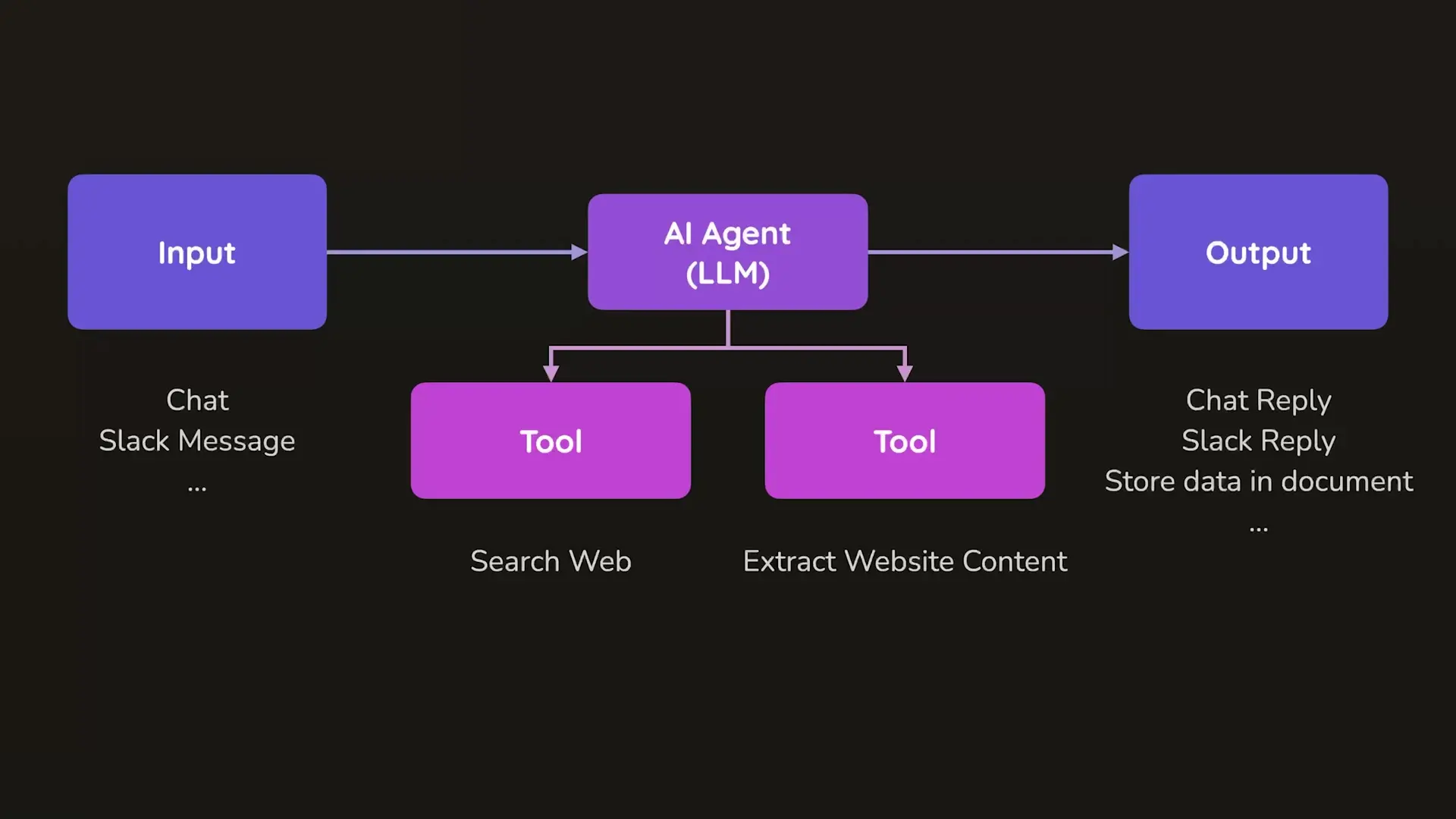
The AI landscape is saturated with hype, but beneath the noise lie genuinely useful hidden developer options that can transform your workflow. While AI agents and no-code solutions dominate headlines, the truly valuable aspects of AI integration for developers often remain hidden from view. Let's explore how to separate substance from hype and identify the developer hidden options that actually enhance productivity.
The Reality Behind AI Hype Cycles
Recent Google Trends data reveals something interesting: searches for terms like "AI agents" and "no-code AI" peaked dramatically and have since declined. This pattern suggests we're witnessing the classic hype cycle in action. The initial excitement drives intense interest, followed by a plateau or decline as practitioners encounter real-world limitations and challenges.

This doesn't mean AI lacks value—quite the opposite. It simply indicates that we're moving past the initial hype toward more practical, sustainable applications. The hidden features in developer options for AI integration are often overlooked precisely because they don't make flashy headlines, yet they deliver consistent value.
The No-Code AI Illusion: Hidden Challenges for Developers
No-code AI tools promise to revolutionize development, but many developers discover hidden fields and limitations when attempting to build meaningful applications. The reality is sobering: while generating simple code snippets works well, building production-ready applications solely through AI prompting often leads to an "infinite circle of pain."
- Security vulnerabilities that require manual intervention
- Endless prompt refinement loops with diminishing returns
- Difficulty implementing complex business logic
- Lack of maintainability and documentation
- Limited understanding of the generated code's behavior
Many developers eventually realize that understanding the code and being able to modify it directly is more efficient than continually prompting an AI to fix issues. This explains the declining interest in pure no-code AI solutions—they're useful for prototyping but rarely sufficient for production development.
Demystifying AI Agents: Hidden Developer Considerations
The term "AI agent" has become ubiquitous, with companies claiming to build agents for everything from SEO to HR. But what exactly constitutes an agent? This is where hidden developer options become crucial to understand.
A true AI agent is an application that uses a large language model with access to tools, where the model decides which tools to use based on context. However, this approach isn't always optimal. In many cases, a developer-defined workflow that incorporates AI at specific steps proves more reliable and effective.

ChatGPT represents a genuine AI agent because OpenAI cannot predict what users will ask—the agent must determine appropriate actions based on varied inputs. But for specific business workflows, allowing an AI to choose tools autonomously often introduces unnecessary uncertainty and complexity.
7 Hidden Developer Options for Effective AI Integration
Instead of chasing trends, focus on these hidden developer options that deliver genuine productivity improvements:
- AI-assisted coding with tools like Cursor, Gemini, or ChatGPT for discussing architectural approaches and problem-solving
- Clearly defined workflows where AI handles specific steps rather than autonomous decision-making
- Content generation pipelines with developer-controlled evaluation steps
- Research automation with structured web search and synthesis steps
- Code review enhancement using AI for initial quality checks
- Documentation generation with developer verification
- Prompt engineering as a developer skill rather than relying on pre-built solutions

Building Effective AI-Enhanced Workflows
The most productive approach combines traditional development discipline with AI capabilities. For example, when creating a content generation system, define clear steps: input processing, outline creation, content generation, evaluation, and refinement. The AI handles specific tasks within this framework rather than controlling the entire process.
// Example of a structured AI workflow for content generation
async function generateContent(outline) {
// Step 1: Process and validate input
const validatedOutline = validateOutline(outline);
// Step 2: Generate content using LLM
const content = await llmClient.generate({
prompt: `Create a blog post based on this outline: ${validatedOutline}`,
temperature: 0.7,
maxTokens: 2000
});
// Step 3: Evaluate content quality
const evaluation = await evaluateContent(content);
// Step 4: Refine if necessary
return evaluation.score > 0.8 ? content : await refineContent(content, evaluation.feedback);
}This approach leverages AI's strengths while maintaining developer control over the process flow—a hidden developer option that proves far more reliable than fully autonomous agents for most business applications.
Finding Balance: When True AI Agents Make Sense
There are legitimate use cases for true AI agents with autonomous tool selection. These typically involve scenarios where:
- User inputs are highly unpredictable
- The range of possible actions is extensive
- The system must adapt to novel situations without developer intervention
- The cost of occasional errors is acceptable
Conversational assistants like ChatGPT exemplify this category. However, for most business automation and development tasks, the hidden developer option of structured workflows with AI components offers superior reliability and maintainability.
Conclusion: Embracing Practical AI Integration
The most valuable AI applications for developers aren't always the most hyped. By focusing on hidden developer options that enhance your existing workflows rather than completely replacing them, you can achieve meaningful productivity gains without falling victim to unrealistic expectations.
Use AI as a powerful tool within your development process—for code assistance, content generation, research, and automation of repetitive tasks. But maintain the developer discipline of defining clear processes, understanding your code, and taking responsibility for the final output. This balanced approach represents the true hidden value in AI for developers today.
Let's Watch!
7 Hidden Developer Options for Effective AI Integration in Your Workflow
Ready to enhance your neural network?
Access our quantum knowledge cores and upgrade your programming abilities.
Initialize Training Sequence